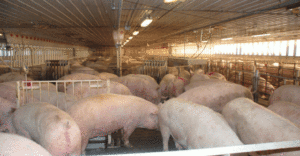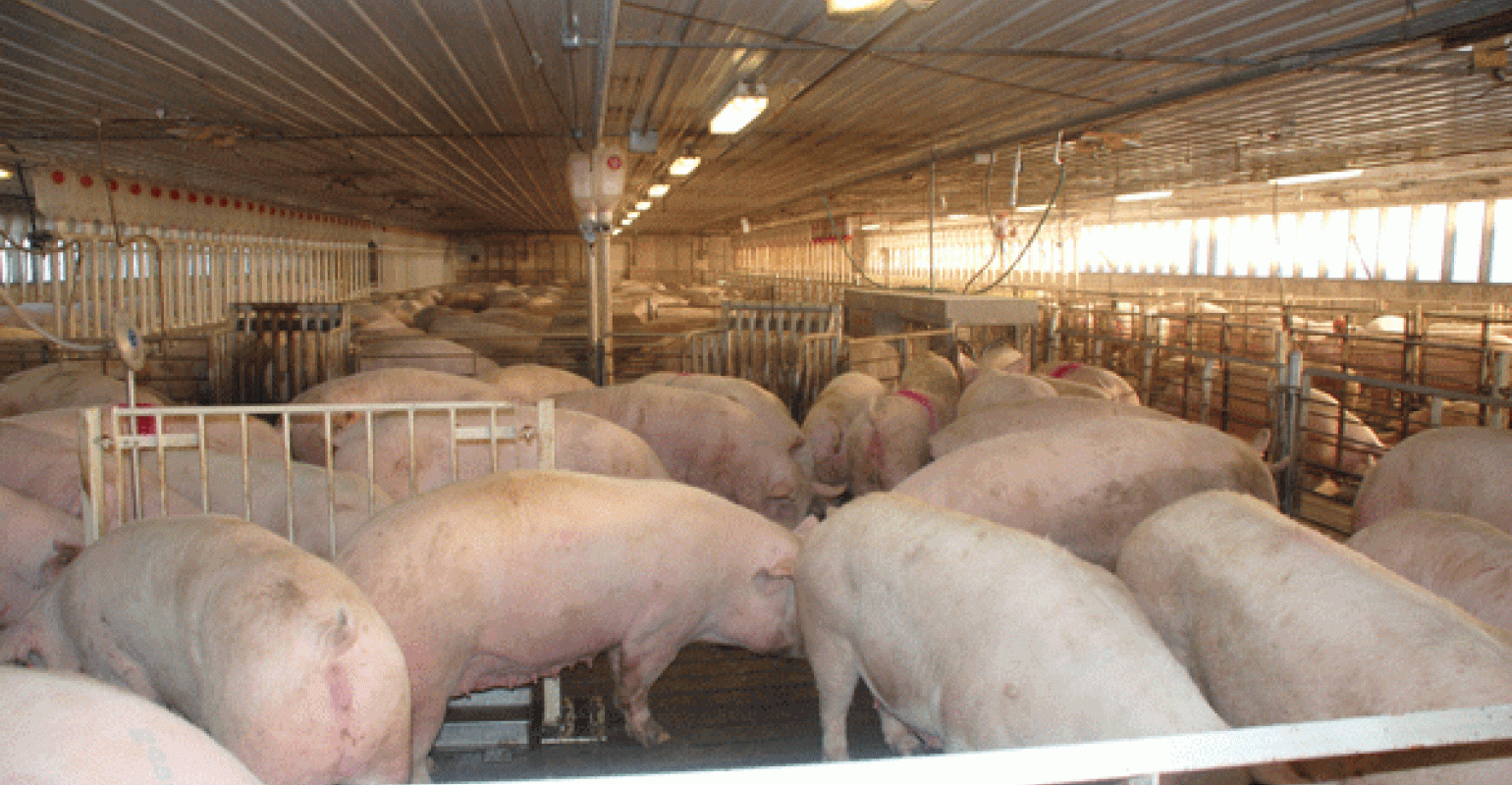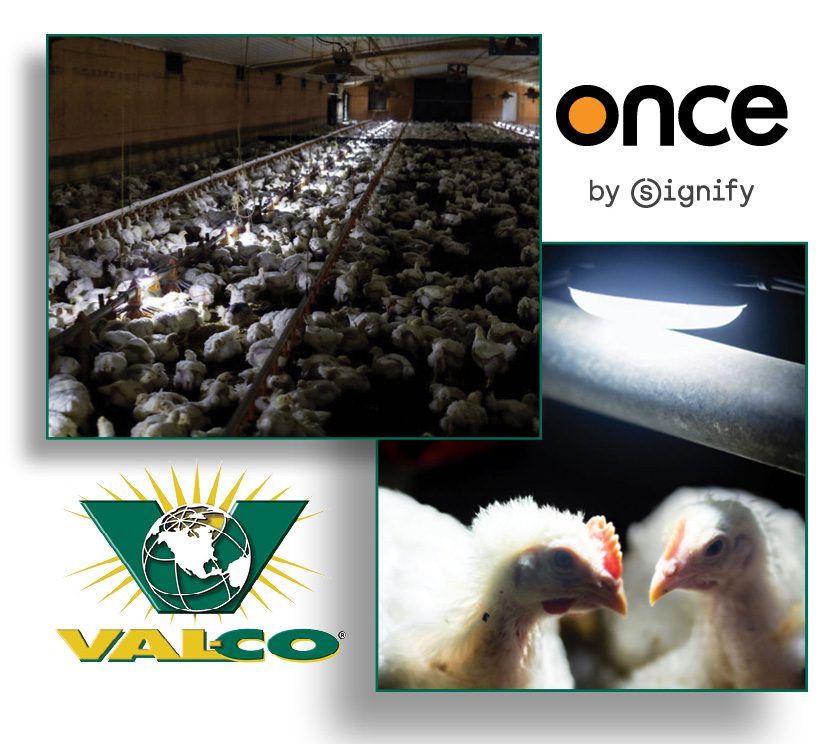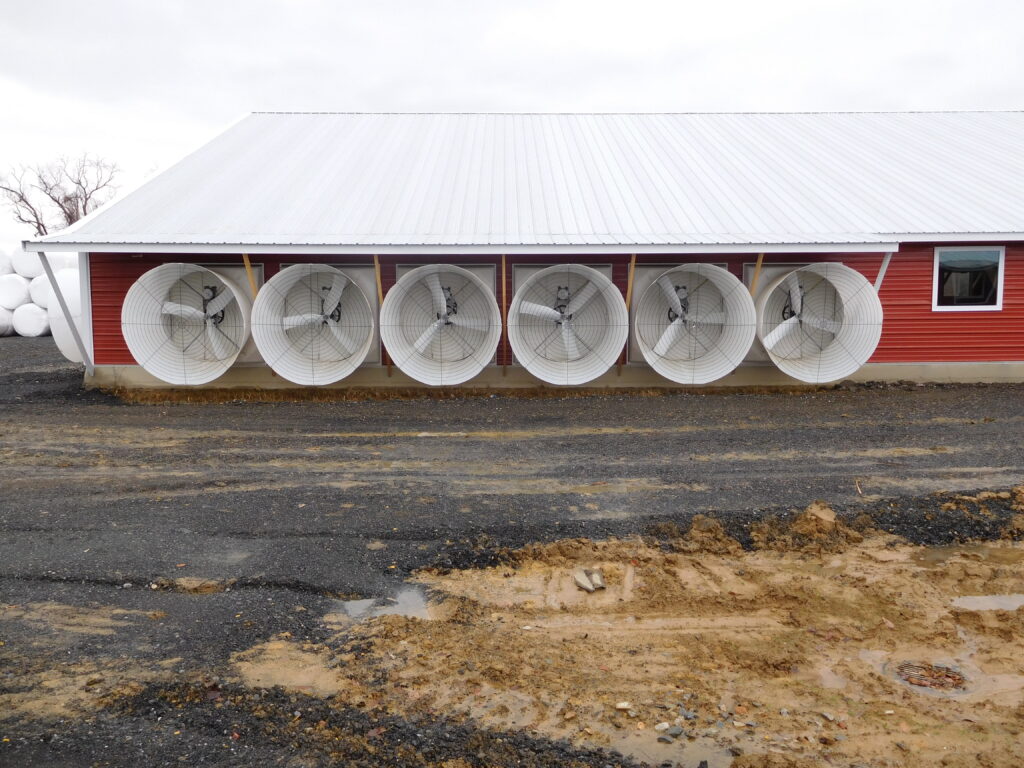 Bush Foot is a secondary bacterial infection caused by some form of defect or penetration of the hoof wall, sole, or heel. Bacteria enters the heel through erosion of the sole, heel, or toe, a sand crack on the wall of the hoof, or through a separation of the wall and sole along the white line. When the abscesses erupt at the coronet band, the condition is called Bush Foot.
Bush Foot is a secondary bacterial infection caused by some form of defect or penetration of the hoof wall, sole, or heel. Bacteria enters the heel through erosion of the sole, heel, or toe, a sand crack on the wall of the hoof, or through a separation of the wall and sole along the white line. When the abscesses erupt at the coronet band, the condition is called Bush Foot.
Infection spreads through the hoof through deep necrotic ulcers involving laminae and coronary band, through necrotic tracks the reach the coronary band and then form ulcers, or when infection penetrates deeply to involve the deep digital flexor tendon, bones, and joints of the foot. The infectious component of the problem is dependent on bacteria present when damaged hoof is exposed to it.
Several environmental conditions can contribute to the condition. The conditions themselves are not transmissible, but pigs exposed to them are at risk.
- Fresh concrete contributes to hoof defects
- Can become a herd problem when the environment is wet, unhygienic, and with poor bedding
- Bacteria con infect lesions and cause septicemia or bacteremia
Some signs to look for:
- Lameness such as pigs walking on their toes, paddling or goose-stepping, reluctance to move or sitting on their haunches
- Hooves are not to the touch
- Claw (usually claws of hind feet) are unusually warm, painful, and a lesion is apparent
- Severe pain occurs when the abscess develops at the coronary band – the leg is often held off the ground
- Cellulitis can develop in the limb and cause swelling up to the hock
Treatment includes paring the lesions, poulticing, and bandaging followed up with aggressive antibiotic treatments. Pus in sow hooves becomes dry and can be difficult to drain.
To control the occurrence of Bush Foot, there are some key steps to follow:
- Improve hygiene and management
- Ensure concrete with rounded edges and smoothed aggregate
- Slats in good condition and no sharp edges
- Include appropriate biotin in rations to improve foot health




